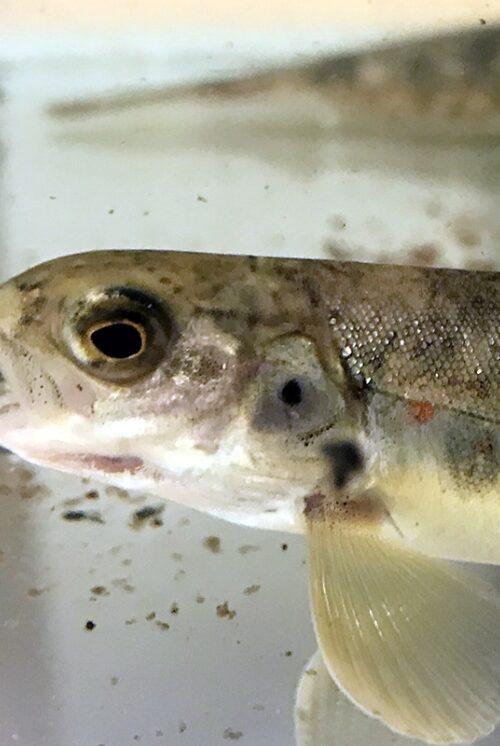What do water voles look like?
Water voles are often mistaken for brown rats, but they have several distinctive features:
- Rounded face with a blunt nose,
- Small, rounded ears that are barely visible under their fur,
- Thick, chestnut-brown fur,
- Short, furry tail (unlike the long, hairless tail of a rat),
- Large, dark eyes,
- Stocky body, with a tail about half the length of the body.
They have a gentle, almost teddy bear-like appearance and are most often seen sitting upright while feeding on vegetation near the water’s edge.
A Short Life, Full of Life
Water voles live for just 6 to 18 months, but in that time, a single female can produce three to four litters, each with around five young. This rapid reproduction gives them a chance to recover—if we can protect their habitats.
Feeding habits: grazers of the riverbank
Water voles are herbivores, feeding mainly on:
- Grasses and reeds
- Aquatic plants
- Bulrushes, sedges, and rushes
- Roots, bark, and soft shoots
They prefer to eat in the same spot repeatedly, leaving behind distinct piles of nibbled vegetation, often cut at a 45-degree angle. These feeding stations are a helpful sign for spotting their presence.
In summer, their diet is rich in lush green vegetation, while in colder months, they may rely more on bark and roots and food they have stored. Occasionally, they may nibble on insects or carrion, but this is rare and not a significant part of their diet.
Water voles need to eat 80% of their body weight in food daily to survive!














